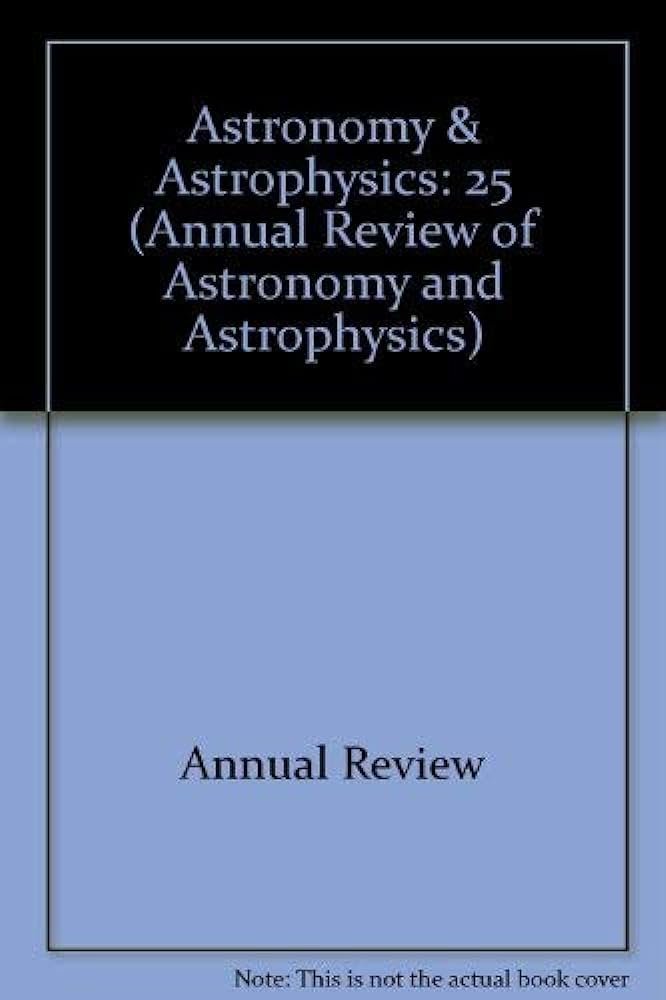黑洞自旋的观测约束
IF 32.5
1区 物理与天体物理
Q1 ASTRONOMY & ASTROPHYSICS
Annual Review of Astronomy and Astrophysics
Pub Date : 2020-11-17
DOI:10.1146/annurev-astro-112420-035022
引用次数: 65
摘要
黑洞的自转是一个需要研究的重要量,它为了解黑洞诞生和成长的过程提供了一个窗口。此外,自旋可以成为为相对论性喷流和高能粒子加速提供动力的强大能源。在这篇综述中,我描述了目前用于探测和测量黑洞自旋的技术。结果表明:▪ 两种众所周知的技术,X射线反射光谱和热连续拟合,可以用来测量以中等速率吸积的黑洞的自旋。有一套丰富的其他电磁技术使我们能够将自旋测量扩展到较低的吸积率。▪ 许多吸积的超大质量黑洞被发现正在快速旋转,尽管根据最近的结构形成模型,在M>3×107M⊙以上的质量下会出现一群旋转速度较慢的黑洞。▪ X射线双星系统中许多吸积恒星质量的黑洞都在快速旋转,一定是在这种状态下诞生的。▪ 引力波天文学的出现使得能够探测到合并双星黑洞中的自旋效应。大多数融合前黑洞都被发现在缓慢旋转,一个值得注意的例外是一个本身可能是融合产物的物体。▪ 黑洞X射线双星和双星黑洞群体之间自旋的明显差异表明,它们的形成机制多种多样。考虑到目前正在计划的一系列新的电磁波和引力波能力,黑洞自旋研究的未来是光明的。《营养年度评论》第41卷预计最终在线出版日期为2021年9月。请参阅http://www.annualreviews.org/page/journal/pubdates用于修订估算。本文章由计算机程序翻译,如有差异,请以英文原文为准。
Observational Constraints on Black Hole Spin
The spin of a black hole is an important quantity to study, providing a window into the processes by which a black hole was born and grew. Furthermore, spin can be a potent energy source for powering relativistic jets and energetic particle acceleration. In this review, I describe the techniques currently used to detect and measure the spins of black holes. It is shown that: ▪ Two well-understood techniques, X-ray reflection spectroscopy and thermal continuum fitting, can be used to measure the spins of black holes that are accreting at moderate rates. There is a rich set of other electromagnetic techniques allowing us to extend spin measurements to lower accretion rates. ▪ Many accreting supermassive black holes are found to be rapidly spinning, although a population of more slowly spinning black holes emerges at masses above M > 3 × 107 M⊙ expected from recent structure formation models. ▪ Many accreting stellar-mass black holes in X-ray binary systems are rapidly spinning and must have been born in this state. ▪ The advent of gravitational wave astronomy has enabled the detection of spin effects in merging binary black holes. Most of the premerger black holes are found to be slowly spinning, a notable exception being an object that may itself be a merger product. ▪ The stark difference in spins between the black hole X-ray binary and the binary black hole populations shows that there is a diversity of formation mechanisms. Given the array of new electromagnetic and gravitational wave capabilities currently being planned, the future of black hole spin studies is bright. Expected final online publication date for the Annual Review of Nutrition, Volume 41 is September 2021. Please see http://www.annualreviews.org/page/journal/pubdates for revised estimates.
求助全文
通过发布文献求助,成功后即可免费获取论文全文。
去求助
来源期刊

Annual Review of Astronomy and Astrophysics
地学天文-天文与天体物理
CiteScore
54.80
自引率
0.60%
发文量
14
期刊介绍:
The Annual Review of Astronomy and Astrophysics is covers significant developments in the field of astronomy and astrophysics including:The Sun,Solar system and extrasolar planets,Stars,Interstellar medium,Galaxy and galaxies,Active galactic nuclei,Cosmology,Instrumentation and techniques,
History of the development of new areas of research.
 求助内容:
求助内容: 应助结果提醒方式:
应助结果提醒方式:


